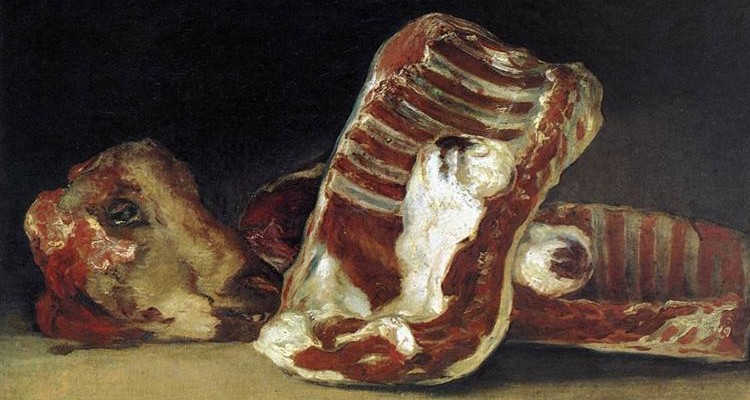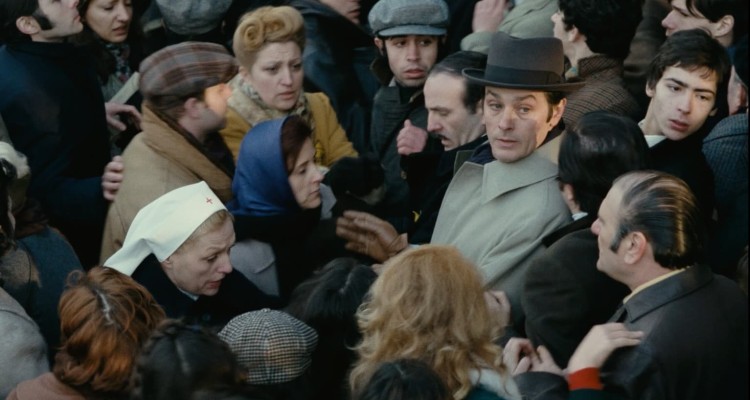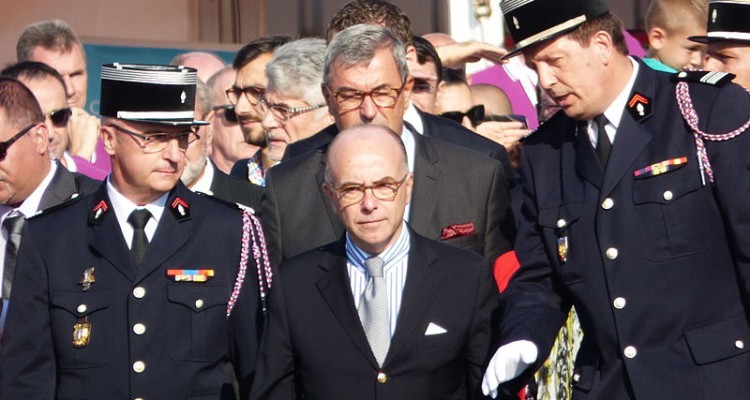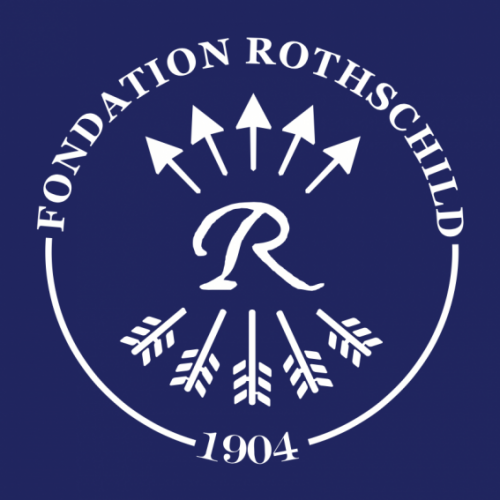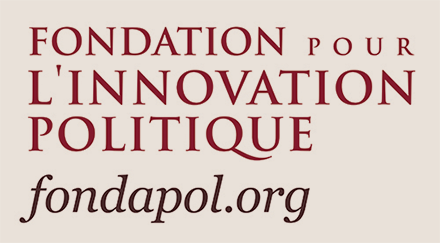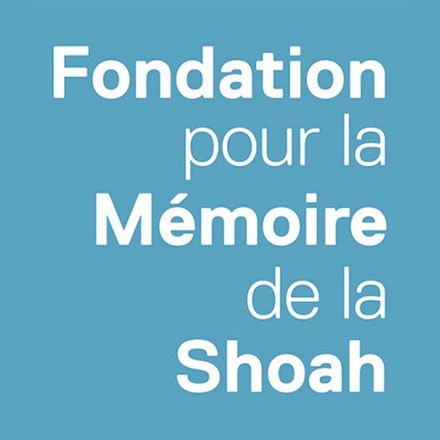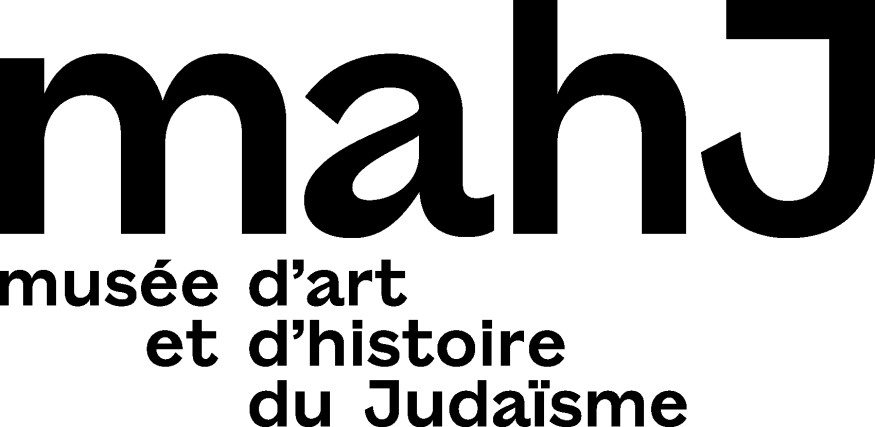The mandate to stun animals prior to slaughter is a demand of many European animal rights activists and environmentalist parties. This purported campaign for animal rights clashes with Jewish and Muslim ritual slaughter rules in an incidental way. At least, most of the time. For in the course of history animal welfare has indeed been used to justify anti-Semitic policies and, in the public debate, can still serve as a pretext for the extreme right in its attacks on Islam. But is such a purpose to be found among the majority of today’s animal welfare advocates who oppose ritual slaughter? As Israeli jurist Shai Lavi explains, the question of intent matters to Jews because the accommodations they can make to ritual slaughter standards depend on it. Thus, latent anti-Semitism would make its prohibition unacceptable on principle. By taking the path of historical comparison, Shai Lavi invites us to question what lies behind the intentions.
It is this same question of decoding that runs through the second article of this week, The End of Robert Klein. Looking back at Joseph Losey’s mythical film (1976), director and film historian Jean Baptiste Thoret tells of the doubling of the character who gives the film its title. Through the quest of Mr. Klein, played by Alain Delon, who is stubbornly trying to find out who his namesake is, a question is formulated for the spectator, who sees an “ordinary bastard” gradually become a victim of genocide. In the trajectory of Robert Klein, we also see the gradual reunion of the two Frances of the Occupation, one that was hunted down and persecuted from the start, and the other that, when it did not benefit from it, accommodated the situation until the denial of truth became a tragedy.
Giving testimony to the special court convened to try the accused of the November 13 attacks, Bernard Cazeneuve, the former Prime Minister returned to the terrible grief that must have united, at the end of the terrible year 2015, all French people. When we met with him last May, we asked him about the difference in public perception of the attacks depending on whether or not they exclusively affected French Jews. Returning to the public’s reaction to the attacks of November 2015, he estimated that “from the attacks on the terraces of Paris, Saint Denis, and the Bataclan in November 2015, everyone, because they knew or heard of a victim, everyone, because they had seen this insane violence unfold, thought that their own child could be among the victims. From then on, the solidarity that had been manifested in the greatest otherness, took on a new form. With the November attacks, the meaning of otherness was amplified, and everyone projected themselves in the place of the cartoonist, the journalist, or the fellow Jew.”
